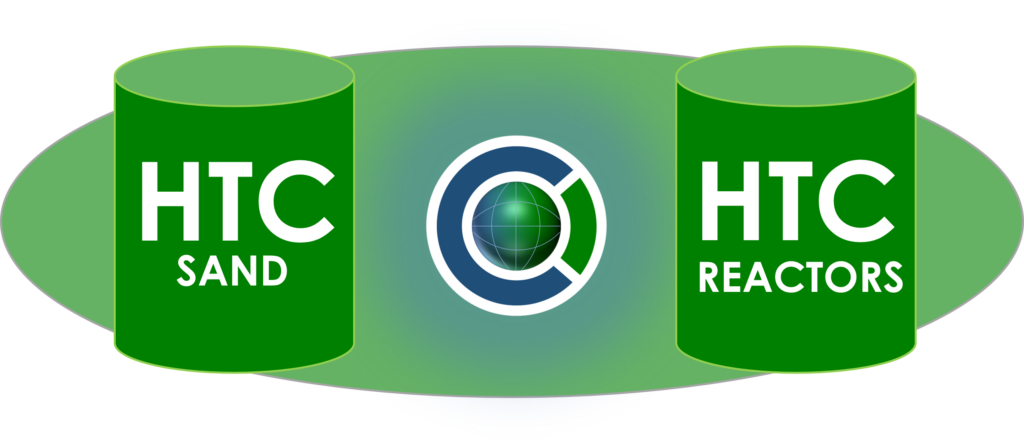
BIOWASTE CENTER has identified two primary customer silos.
Hydrothermal Carbonization (HTC) is the underlying technology.
#1: HTC Sand is the result of the biowaste conversion. The customers for the HTC Sand include concrete and asphalt producers. Sand is a significant “ingredient” in concrete, often accounting for 40% of the mix. With infrastructure improvement and new construction projects in the U.S. and around the world, concrete is incesing in demand along with the sand that is such and integral part of its production.
#2: HTC Reactors convert the biowaste into hydrochar, which is then tumbled into sand. The customers for the HTC Reactors include Landfill operators, municipal Waste Water Treatment Plant (WWTP) operators, as well as large Military Bases. The order of magnitude to “fill” the annual loading capacity of an HTC Reactor is between 15,000 and 16,666 tons of biowaste per year. The population needed to fully utilize a single HTC reactor for food waste is approximately 150,000 people.
Support Information:
Supermarkets are responsible for 10% of all U.S. food waste – that’s 43 billion pounds annually. There are 38,307 supermarkets in the U.S. 43 billion lbs / 38,307 = 1,122,510 lbs on average of food waste per supermarket. In tonnage, this is (1,122,510 lbs / 2,000) = 561 tons per supermarket per year. Each HTC reactor can process 16,666 tons of Food Waste. The processing can service the Food Waste on average (16,666 tons / 561 tons) from 29.7 supermarkets. Rounding this up to 30 supermarkets, this analysis includes the coverage area relative to the U.S. population. Supermarket and grocery stores typically service about 5,000 people. To operate each HTC reactor to its capacity, they would need to go in markets that have at least 150,000 residences with the HTC reactor ideally located so that it is central or not more than a half hour drive (20 miles) to reduce the transit time for the waste management companies.
Co-locating the HTC reactors on-site at existing landfills is one strategy to streamline the existing waste trucking logistics. There are over 1,250 landfill facilities located in the United States, with the majority in Southern and Midwestern United States. The South is home to 491 landfills, and the West has 328 landfills. The HTC reactor is only the size of a 40’ shipping container, but land for dumping and processing is required with about 2 acres of space if co-location, such as at landfill sites is not adopted.
